It is critical to have an underground drainage system with durable, quality pipes to whisk away wastewater from your property. However, you may wonder what is the best pipe for underground drainage, as there are different options.
We researched what experts suggested as the best pipe for underground drainage, so you don't have to rely on guesswork and multiple reviews. The best pipe for underground drainage has to provide superior performance for years.
The best pipe to use for underground drainage is PVC pipe. Compared to other pipes, PVC pipes are lightweight, cost-effective, and can last up to 100 years when installed and used correctly.
Read on to learn more about the best choice of pipe for underground drainage and the qualities that make PVC pipes the ideal choice. Proper drainage is vital to keep water from collecting in your basement and foundation.

Pipes For Drainage
If you have a home, there are four types of drainage systems that you are likely to need to keep your property clean, dry, and safe. Drainage in slope systems, gutters, surfaces, and underground is necessary to prevent damage.
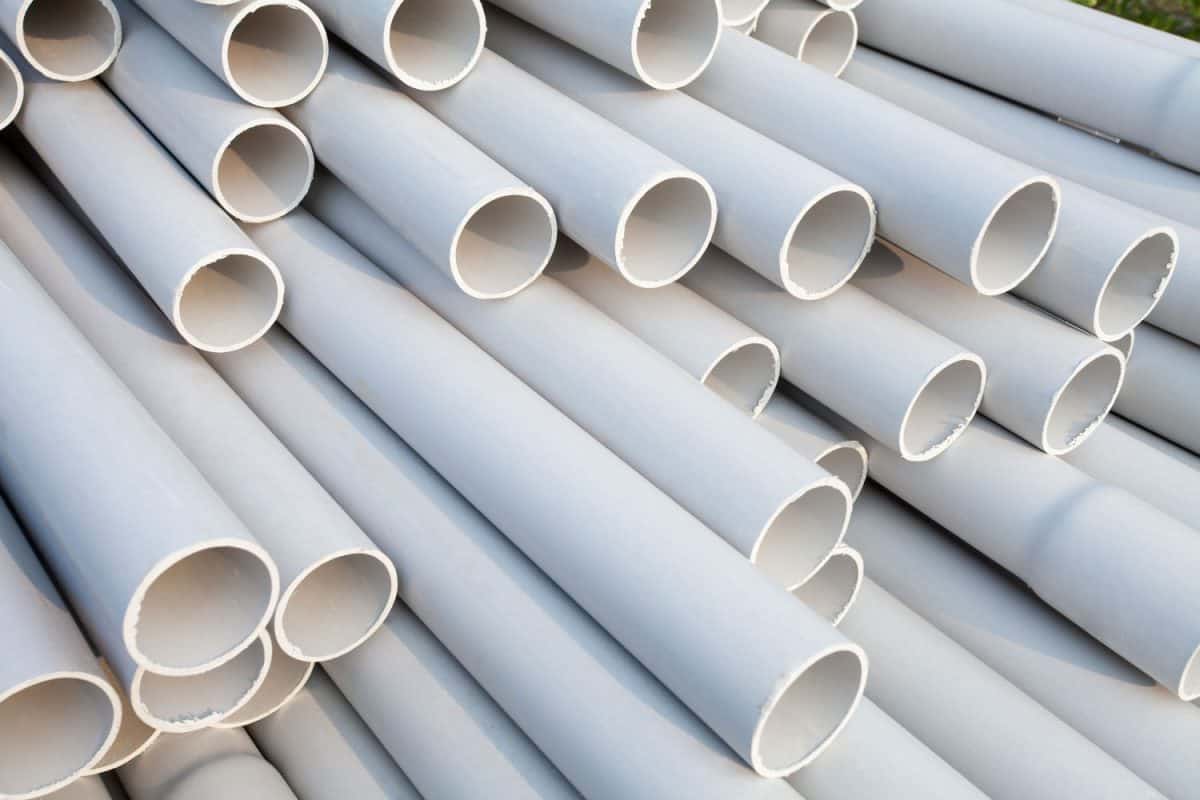
Any water or wastewater that interacts with your property because of rain, sewage, and indoor plumbing needs to have somewhere to go. Water is easily contaminated with particulate, harmful toxins, and other matter that must be treated.
To properly route water that needs to be contained or whisked away to municipal treatment plants, underground drainage is helpful. Without sufficient underground drainage, water can flood yards foundations and create havoc.
Experts suggest that PVC pipes are the best type to use to ensure a quality, high-performance underground drainage system. There are various types of PVC pipes available, depending on your unique needs for drainage and location.
Types Of PVC Pipes For Drainage
PVC pipes made from sturdy plastic are preferred for underground drainage applications. PVC is readily available, budget-friendly, resistant to various weather conditions, and can accommodate different water levels and setups.
Typically, most PVC pipes used will have a diameter of 4 inches and can be cut to fit with a PVC saw. PVC is desirable because it is less expensive than concrete pipes, and installation and labor costs are reasonable.
The following types of pipes are useful for underground drainage systems for your home.
- HDPE/N 12 Corrugated Dual Wall Pipe - Strongest pipe choice with high-density polyethylene
- Corrugated Flexible Drainage Pipe - Used to create a French Drain, retaining wall drainage, but not the strongest.
Check out this corrugated flexible drainage pipe on Amazon.
- Schedule 20 Sewer & Drain Pipe - Lightweight, suitable for stormwater, common drainage for residential
- Schedule 40 Sewer & Drain Pipe - Versatile and strong enough for indoor and outdoor drainage
Check out this drainage pipe on Amazon.
- SDR 35 Sewer Pipe - Typical of municipal systems with a diameter of 4 inches to 3 feet but applicable for residences
Maintaining And Installing PVC Pipe
Before installing an underground drainage system, contact your local offices to see about any necessary permits and know where any major utility lines exist on your property to prevent damage. Figure out where you want water to go.
Start digging and make space for your trench with regard to creating a slope to allow gravity to help move wastewater along. Calculate the trench depth based on your property's soil and layout and the diameter of pipe used.
Install a dry wall to collect water that runs through your pipes and away from your property. Place down padding for your drainage pipes and connect the pipes. Cover your pipes with protective elements to prevent damage.
Check your system and make sure it successfully moves water away. Watch out for any defects or needed adjustments. Fill in your work area until the pipes are no longer visible and exposed, with a safe depth from the surface level.
How Deep Can You Bury PVC Pipe?
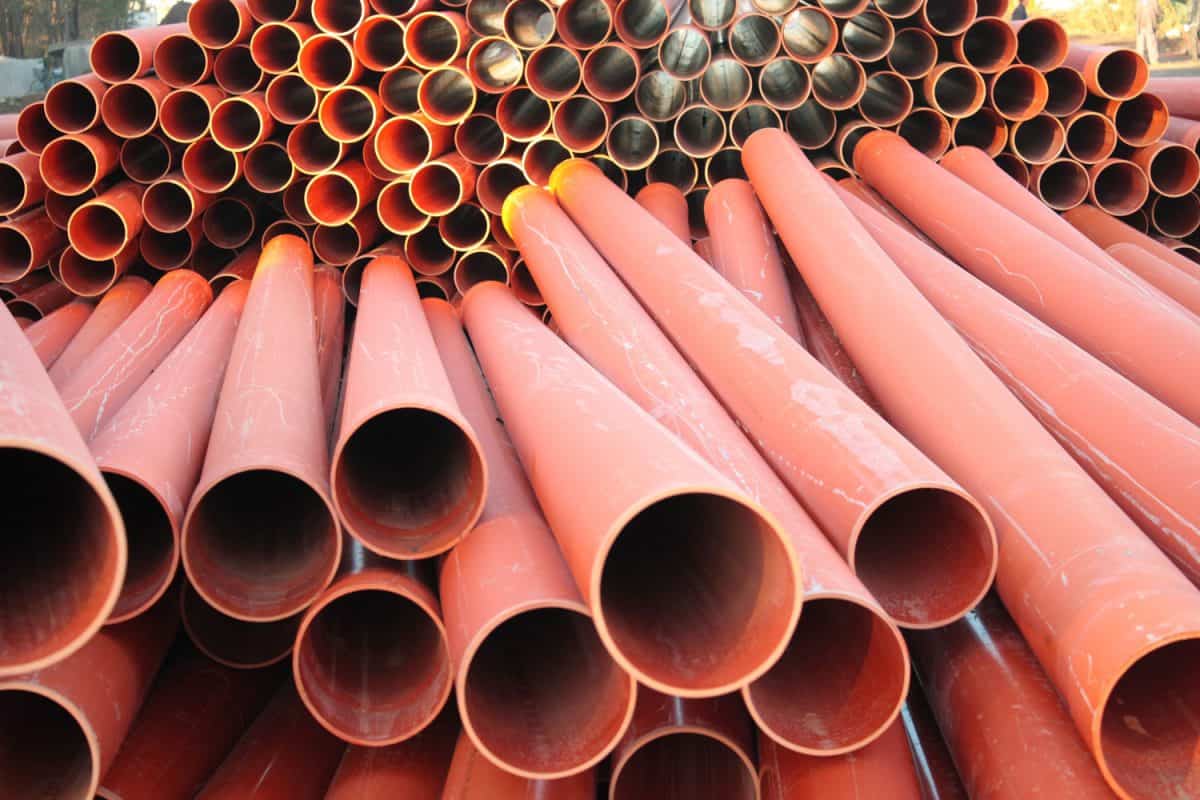
PVC pipe can be buried underground no less than 12 inches below the grade of the surface, measuring from the top of the pipe to the underside of the surface above. Depending on how deep a pipe is laid, the pressure from water varies.
PVC pipe and other underground drainage should be placed deep enough to not come into contact with the soil and landscape above. There needs to be enough room to create a deep enough trench, embedment, and support.
If a pipe is placed 10 feet below the surface or below, the water load and gravity shouldn't cause too much of an impact on the buried pipe. However, ensure pressure from soil and water doesn't lead to leaks. Routinely clear out clogs too.
Buried pipes placed under a layer of plastic, concrete, or rocks should be 2 inches underneath the underlayment. Pipes have to be 1 foot away from other pipes, and the trench should be 18 inches plus 2 inches added to the pipe's diameter.
What Is The Minimum Depth Of A Trench For Laying PVC Pipe?
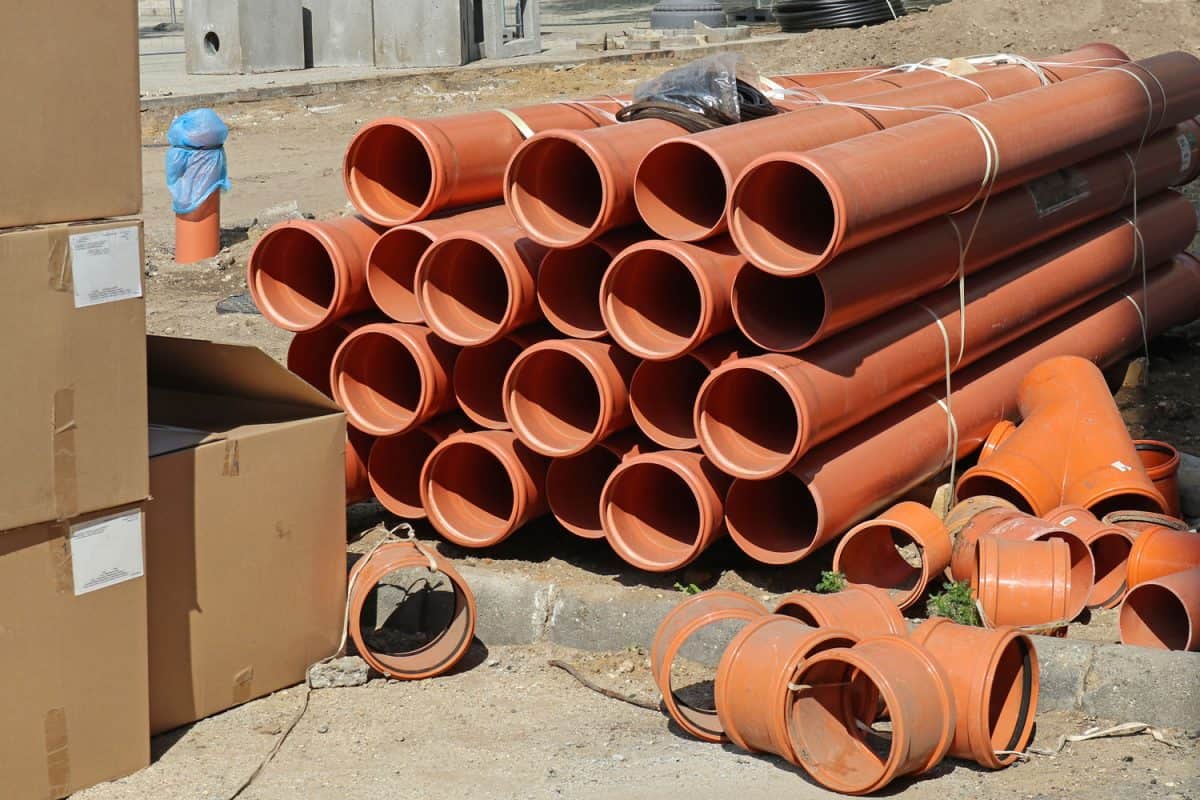
Because a French Drain is standard for residential properties and easy to install, we referenced this setup to calculate trench depth. Using this style of trench requires a depth of 18 inches and a width of 9 to 12 inches.
When using a French Drain for underground drainage, it is necessary to have a slope of at least 1 percent to allow gravity to help move wastewater. However, for other trenches, the depth and width vary depending on your property.
For a simple trench, the depth of cover may fall between 2.5 to 25 feet or have a minimum of 3 feet coverage. The width of a trench should be the diameter of the buried pipe's exterior plus an additional 12 inches.
Keep in mind anywhere from 4 to 6 inches of bedding material may need to be placed under the pipe for support. It is critical to account for any vehicles that may pass over underground drainage and prevent trench collapse for safety.
How Do You Protect A Buried Pipe In The Ground?
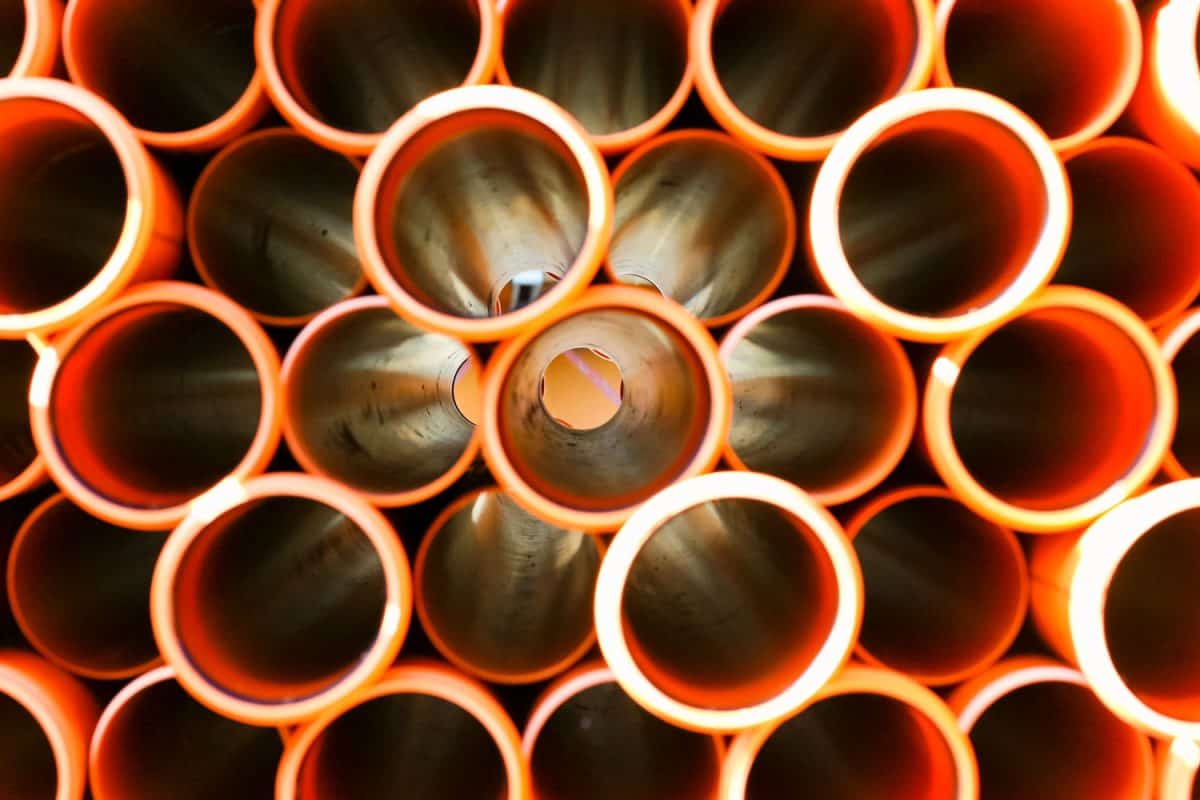
It is essential to protect any underground pipes used for a drainage system. A trench should be made, following the network or pathway your pipes will take to move wastewater away from your home to prevent flooding.
As there may be boulders, rocks, or other material that can damage buried pipes, the bottom of a trench can be padded up to a thickness of 4 inches to protect pipes. Often, a layer of sand, crushed stone, or soil is used to cushion pipes.
An embedment or support surrounding a buried pipe helps it handle the pressure of water coursing through and further protects against damage. After the pipe is laid in a trench and protected with an embedment, it is covered.
Dirt or sand fills in any remaining gaps above or at the sides of buried pipes. Excavated dirt from the landscape is used to cover the top of buried pipes and reduce contact with the surface of a landscape.
How Big Of A Drain Pipe Do You Need?
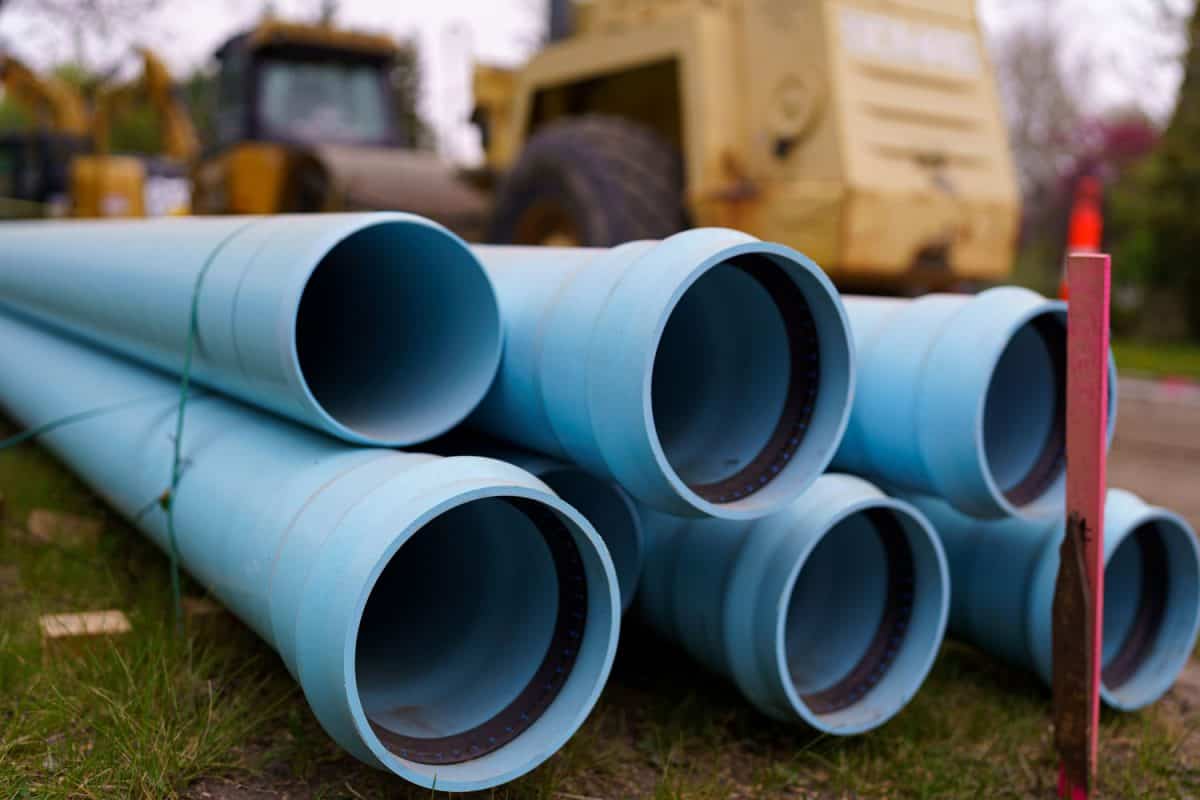
For most residential underground drainage, a pipe with a diameter of 4 inches should be enough to handle wastewater. However, for high-density buildings or areas where there is substantial water collection, a larger diameter is needed.
Commonly, contractors employ drainage pipes with a diameter of 3, 4, or 6 inches for projects. These pipes are readily available at retailers as well as their fittings. Plus, these pipes are economical and easy to install.
As far as the thickness of a drain pipe is concerned, a pipe that is schedule 80 or 120 is better for underground because it isn't as thin as schedule 40. A 4-inch pipe can ferry 163 gallons per meter. A 6-inch pipe can take on 487 gpm.
Although schedule 40 pipes are lightweight compared to 80 or 120, they can be successfully buried for drainage systems, encased in concrete, or used in walls and ceilings. Assess your property and needs to determine pipe diameter.
Conclusion
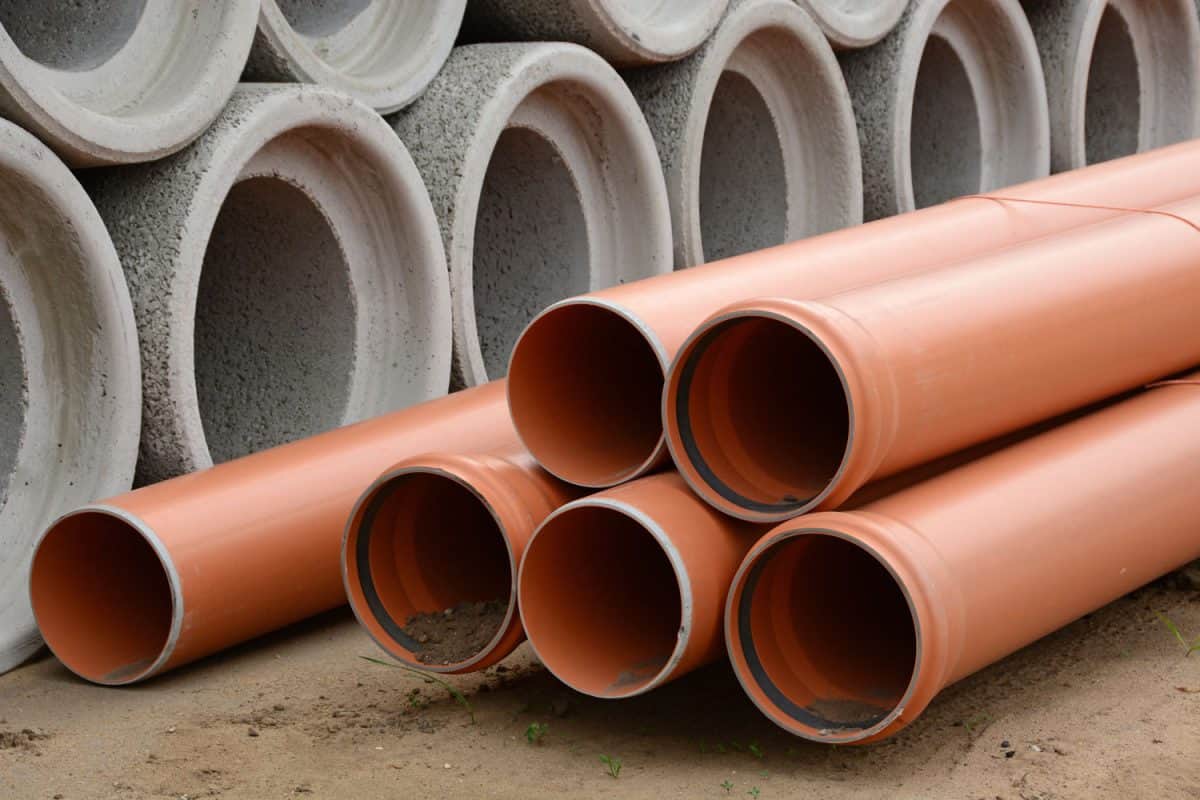
We hope you learned a lot more in-depth information about underground drainage and why experts suggest using PVC pipes. PVC is a sturdy material for underground drainage pipes, lightweight, flexible, and can last up to 100 years.
It is essential to have a proper underground drainage system. Using PVC pipes for drainage helps prevent flooding damage to your home's foundation and surrounding landscape and routes wastewater and toxins as needed.
Before you go, you won't want to miss reading the following articles.


